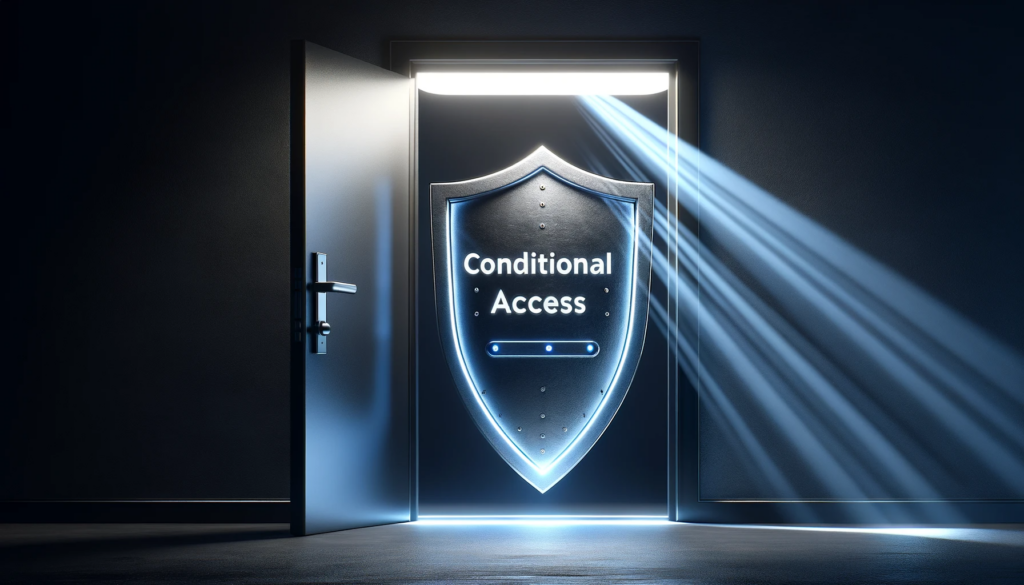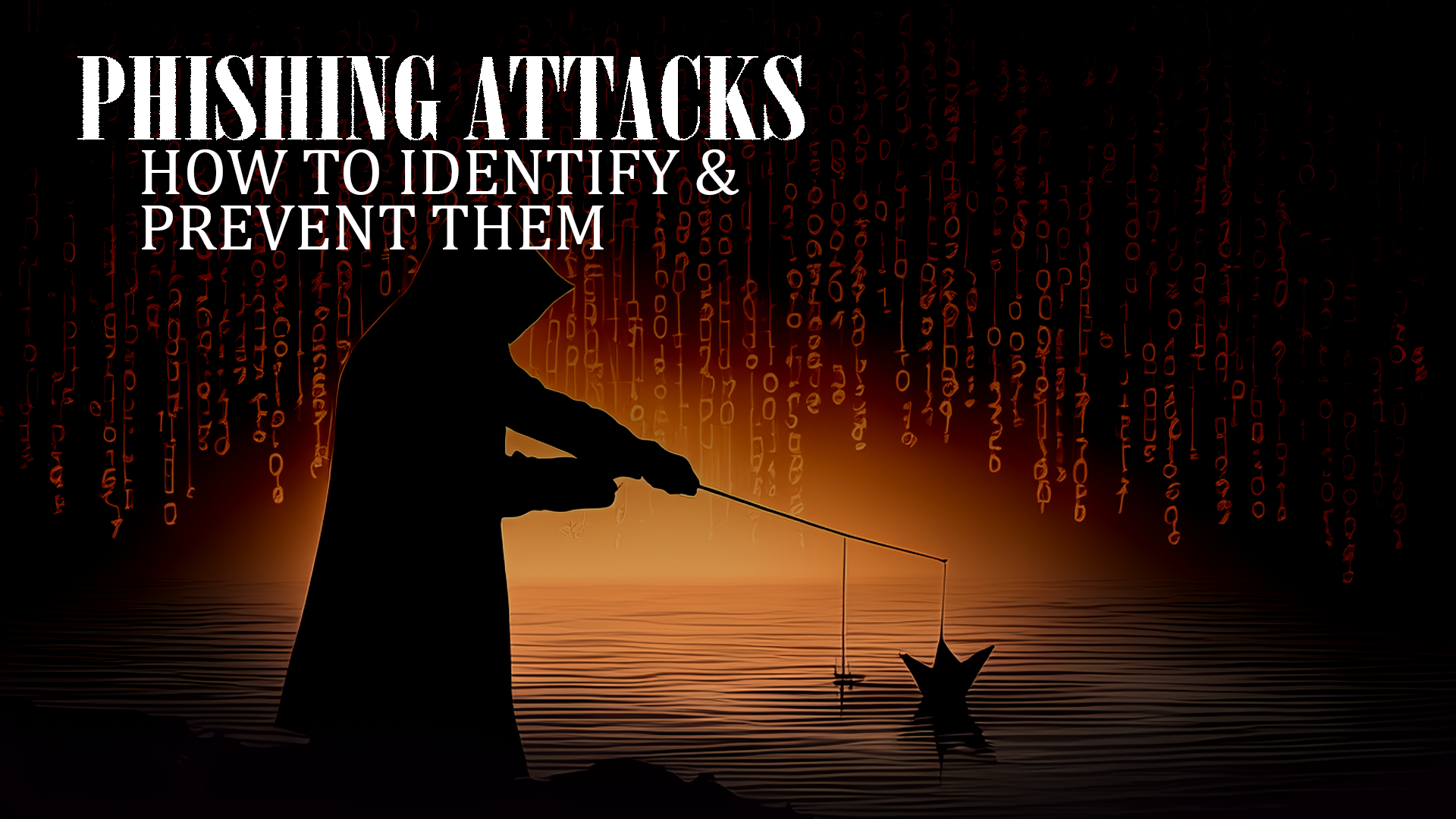In today’s digital landscape, ensuring the security of your business through effective cybersecurity strategies is paramount. Conditional Access policies, or CA policies, emerge as your secret weapon in this battle against cyber threats. Integrating elements of multi-factor authentication and robust access control management, these policies are essential in fortifying your digital protection methods. This article explores how implementing these security protocols, including CA policies, not only enhances your organization’s security posture but also aligns with the best practices in access control management.
The Two Main Components of a Conditional Access Policy:

Condition Controls
Conditions specify the circumstances under which the policy applies, like user location, device type, or risk level.
Access Controls
Access controls define what actions are allowed or denied when the conditions are met.
By combining these components effectively, you adapt to the ever-changing threat landscape.
Enhancing Security with Conditional Access Policies
In the realm of cybersecurity, one of the primary challenges businesses face is controlling and securing access to their critical data and systems. CA policies serve as a powerful tool in mitigating these concerns, primarily focusing on preventing unauthorized access and data breaches.
Addressing Unauthorized Access
Unauthorized access occurs when individuals who do not have permission gain access to your company’s data or systems. This can lead to data theft, loss of customer trust, and significant harm to your company’s reputation. Conditional ACcess policies combat this by setting stringent access criteria. For instance, you can configure policies to allow access only to employees using company-issued devices or within a certain geographic location, thereby significantly reducing the risk of unauthorized entry into your systems.
Preventing Data Breaches
Data breaches are another critical concern, often resulting from weak or compromised user credentials. CA policies can fortify your defense against such breaches. By integrating requirements such as multi-factor authentication (MFA), you add an additional layer of security. MFA requires users to provide two or more verification factors to gain access, making it much harder for unauthorized users to breach your systems.
Example: Protecting Sensitive Documents
Consider a scenario where an employee needs to access sensitive financial data. If they are attempting access from an unfamiliar location – say, a public Wi-Fi network in a coffee shop – the risks are significantly higher. A CA policy can be configured to recognize such scenarios. In this case, the policy would require the employee to complete a multi-factor authentication process before granting access. This might involve entering a password followed by a code sent to their mobile device, or using a fingerprint or facial recognition if their device supports it. This ensures that even if the password is compromised, unauthorized users cannot gain access without the additional authentication factors.
Best Practices for Implementing Conditional Access Policies
Implementing Conditional Access Policies (CAPs) effectively is crucial for maintaining a robust security posture in any organization. These best practices can ensure that your CAPs are not only effective but also adaptable to the evolving cybersecurity landscape.
- Regular Policy Reviews in Cybersecurity: First off, it’s really important to regularly check Conditional Access Policies (CAPs) for strong cybersecurity. We start by looking at how things are currently with security. Next, we check if our policies are still working well to keep our cybersecurity up-to-date. Also, during these reviews, we update policies to get rid of old rules and match them with new trends and changes in our organization.
- Continuous Monitoring for Security: Secondly, making CAPs work well means we have to keep an eye on them all the time. This involves closely watching who is accessing what and checking security records. Doing this helps us quickly find and deal with any strange access attempts or possible security problems. Plus, it helps us make our access rules better, strengthening our cybersecurity.
- Teaching Users and Administrators: Thirdly, teaching both users and administrators about CAPs is really important for keeping our cybersecurity solid (including Multi-Factor Authentication). We need to have regular training about why staying safe online is important and the basics of CAPs to avoid mistakes that could cause security issues. It’s also important for administrators to keep learning the latest ways to manage these policies.
- Staying Updated on New Threats: Fourthly, keeping up with new security risks is a big part of effective cybersecurity. To keep CAPs working well, we need to stay in the know about the latest dangers. We can do this by reading updates, joining groups, and more. This way, we can be ready for new threats and change our plans to deal with them.
- Combining CAPs with Other Security Measures: Fifthly, mixing CAPs with other security steps makes our overall security better. This full approach means we have more ways to protect ourselves from threats, making our cybersecurity efforts stronger.
- Adjusting Policies for Different Users and Data Types: Lastly, adjusting CAPs based on the user’s job and how sensitive the data is, is really important. This makes sure things are safe but still easy to use. Giving people access based on what they need for their job is key. We also need to keep changing these rules as jobs and the types of data we handle change. This helps stop security issues from inside and is a big part of keeping our Cybersecurity Strategies flexible.
Limitations of Conditional Access Policies
When using Conditional Access Policies as part of our Cybersecurity Strategies, it’s important to know they can sometimes disrupt how users work. So, while setting them up, we should think about how they might affect day-to-day tasks. This way, we can balance security needs with keeping everyone’s work smooth.
Managing Conditional Access Policies
Regularly configure, monitor, and review policies. Use platforms like Entra for streamlined management.
Leveraging Tools
Use tools like Microsoft Entra for rule creation and management. Align your policies with your organization’s security goals.
Licensing Requirements
For utilizing Conditional Access in Microsoft services, firstly, licenses like Microsoft 365 Enterprise E3/E5 are necessary. Moreover, Entra ID Active Directory Premium P1/P2 licenses also play a crucial role in facilitating this access.
Conclusion
CA policies are vital for modern security and cybersecurity strategies. Master their components, prioritize them, and follow best practices to enhance your business’s security posture. Contact DTS Inc for a personalized Conditional Access Security Review.





